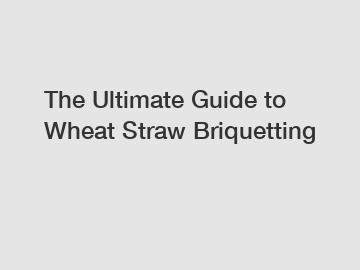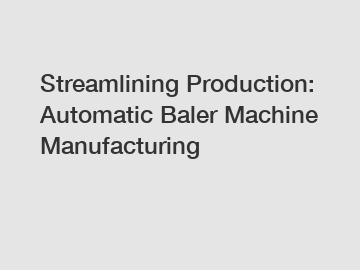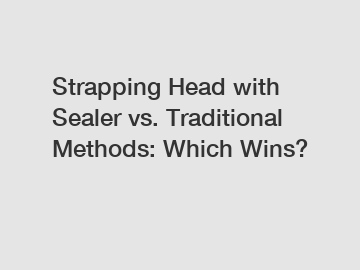Annular Blowout Preventer vs. Conventional BOP: Key Differences Explained
Understanding the Basics
The oil and gas industry relies heavily on blowout preventers (BOPs) for the safety of drilling operations. Among the various types of BOPs, two prominent categories are the annular blowout preventer and the conventional blowout preventer. While both serve the critical function of controlling well pressure, they differ in design, functionality, and application.Design Differences
An annular blowout preventer features a rubber or elastomer sealing element that can accommodate various shapes and sizes of wellbore components, including drill pipes, casing, and even open hole. This adaptability is crucial because it allows the annular BOP to provide a tighter seal when compared to conventional BOPs, which often employ a set of ram-type or pipe-type seals designed specifically for certain pipe diameters.Conventional BOPs, on the other hand, generally have two primary types: ram-type and pipe-type BOPs. Ram-type BOPs utilize a pair of hydraulic rams that close on the wellbore, providing a mechanical seal. This design is effective for controlling well pressure but may not be as versatile as an annular BOP. Pipe-type BOPs are tailored for specific drill pipe sizes, making them less adaptable in varying circumstances.Operational Functionality
The functionality of these two BOP types extends beyond mere pressure control. The annular blowout preventer can seal off the wellbore while drilling or when tripping in and out of the hole, providing a continuous line of defense against unexpected pressure surges. This capability makes annular BOPs particularly effective during challenging drilling conditions or when the nature of the well is uncertain.In contrast, conventional BOPs operate with a more segmented approach. Once activated, they create closure through rams that exert mechanical pressure to prevent blowouts. While effective, this approach may require multiple components to manage different situations, leading to a more complex operation and potentially increased risk during deployment.Applications and Suitability
The choice between an annular and a conventional BOP often comes down to the specific requirements of the drilling operation. Annular blowout preventers are favored for operations involving varying bore sizes and conditions. Their ability to conform to different geometries and provide a consistent seal makes them highly suitable for projects where the well conditions can change rapidly.Conversely, conventional BOPs find their best application in situations where the nature of the well and operations is predictable. For drilling operations that use a standard pipe size and depth, conventional BOPs are often more than adequate for pressure control. Furthermore, the established design and functionality of conventional systems render them highly trusted in residential drilling environments.Conclusion
Both annular blowout preventers and conventional blowout preventers play vital roles in safeguarding drilling operations. Understanding their key differences—ranging from design to functionality and applications—can guide operators in selecting the right BOP for specific drilling scenarios. For comprehensive insights and assistance in choosing the most appropriate blowout preventer for your needs, feel free to contact us.If you want to learn more, please visit our website Annular Blowout Preventer, BOP Control System Manufacturer, Blowout Prevention System.
Recommended article:How do I choose a good bar?
What makes a great bar great?
What is the most used tool in a bar?
Bartender Tools: 30 Essential Tools You Need
How Bulldozers Became a Symbol of Anti-Muslim Hate in India
Bulldozed: The History of Bulldozers
How to Choose water well equipment?Recommended article:
Is the Future of Sustainable Energy in Pellet Production Lines?
Creative Ways to Repurpose Household Waste: Paper Briquette Press - A sustainable solution for waste reduction?
The Ultimate Guide to Dual Shaft Shredders
Revolutionary Household Garbage Briquette Machine: The Future of Waste Management?
Which Rice Husk Pressing Machine is Best?
Unlocking the Power of Automotive Parts Industrial Shredders: A Comprehensive Guide
How to Revolutionize Waste Management with Paper Briquette Machine?









